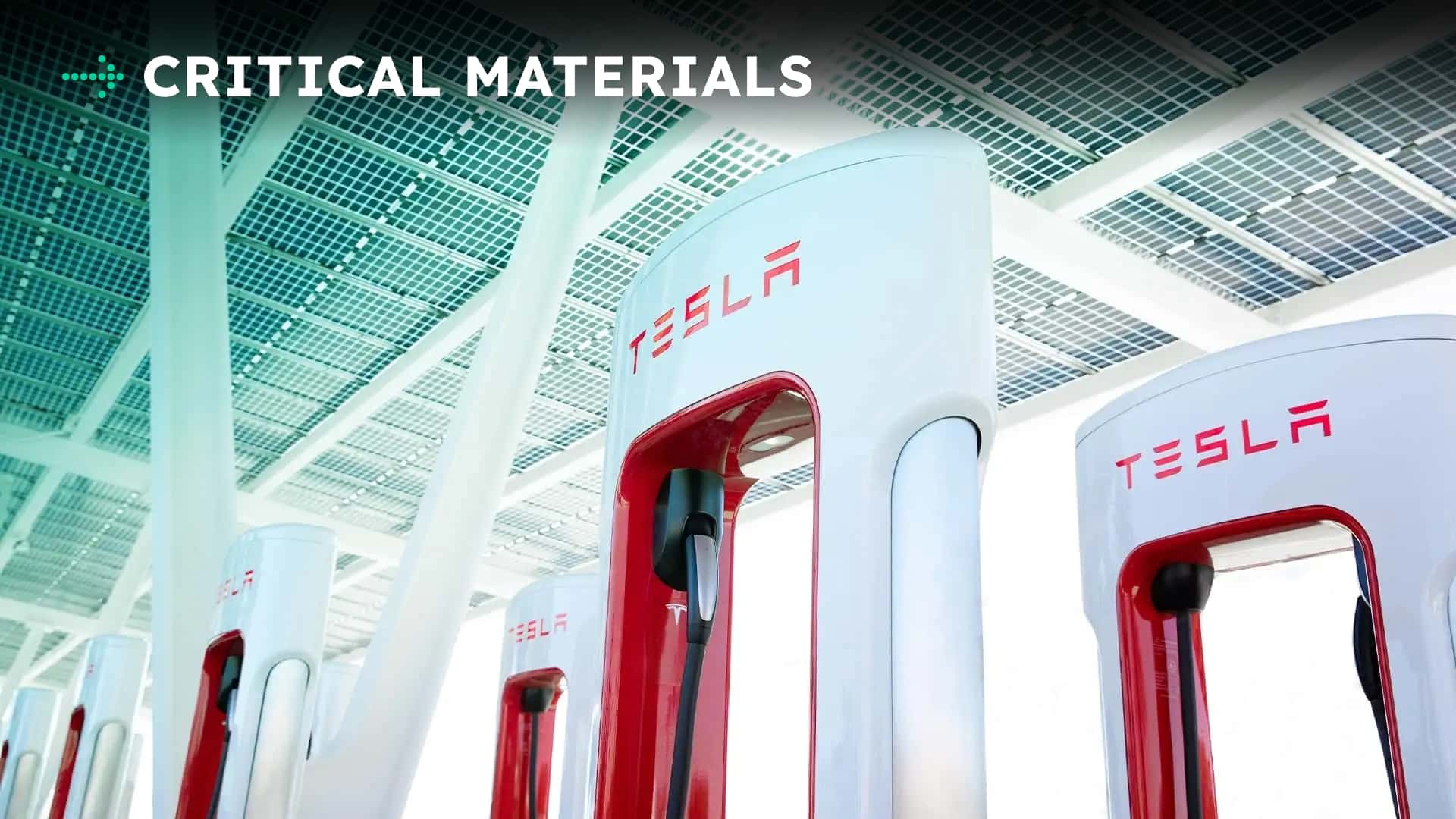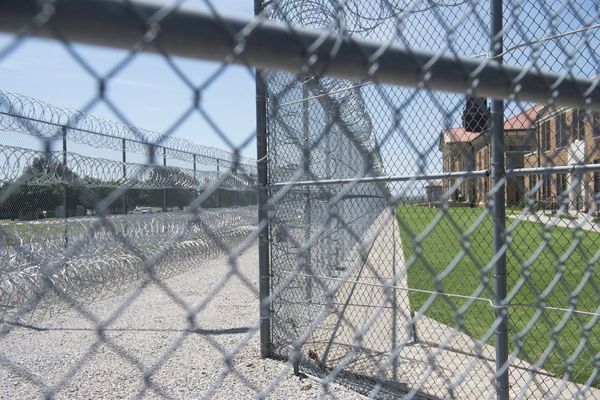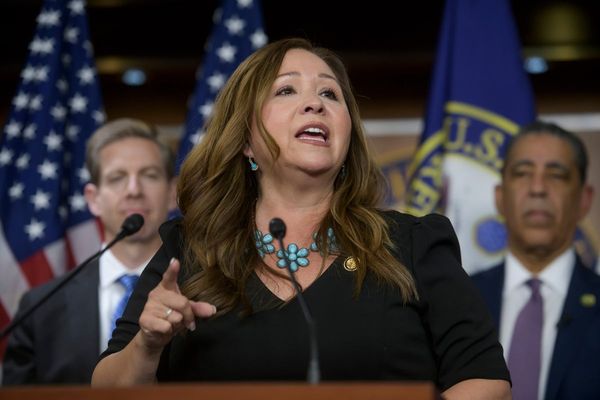
Earlier this week, we covered the ways that American public EV charging is finally just working the way it should. The fear is that an impending sales slump could influence the future plans (and pockets) of charging network providers. But for now, these networks are going full-tilt with a rapid expansion of the infrastructure, even despite hiccups with anticipated federal funding.
Welcome back to Critical Materials, your daily roundup for all things electric and tech in the automotive space. Also on deck: auto suppliers are passing on tariff costs to car companies and Tesla CEO Elon Musk's pay package once again raises eyebrows from a corporate governance firm. Let's jump in.
30%: Full Steam Ahead For EV Charging Networks

If you believe the doom and gloom chatter, you'd think that the EV revolution was getting ready to grind to a halt. FOMO is influencing a last-ditch effort of sales to take advantage of the EV tax credit before the end of the quarter and dealers are now eager to advertise the fact that the credit is on its deathbed.
And yet, in the midst of that slowdown, U.S. fast charging networks are growing. In the second quarter alone, charging providers added 4,242 new ports across 784 new stations—that's a growth rate of 7.6% nationwide in just three months. This expansion brings the U.S. to a whopping 59,694 ports across 11,687 locations, according to data from charging research firm Paren.
And that growth is expected to continue throughout the end of the year. In total, Paren projects a total charging port growth of 16,700 new ports being added by the end of 2025.
The important figure here is the growth rate. In Q2, EV market share reached about 7.4% of all new car sales, meaning that DC fast charging growth actually outpaced EV adoption, albeit by a mere 0.2%.
However, if we look even further back to assess sales and charger availability from 2022 to 2024, we can see the bigger picture. EV sales grew substantially, up 63% in that time. But the DC Fast Charging availability in the U.S.? Try 72%—that's even faster than the 45% Level 2 charger growth in the same period. And, more importantly, it means that each new EV buyer is—whether they realize it or not—getting a better charging experience than previous buyers.
What's unclear is what might happen to charging growth as the EV boom cools. Based on the numbers we've seen so far, DC Fast Charging providers are ramping up territory very quickly. And there's a good reason: location, location, location.
Prime real estate is important in this game. These charging providers are snapping up high-volume locations while they can in order to capitalize while the market is still growing. Sure, upfront capital is expensive for Level 3 charging—but missing out on an opportunity for prime charging real estate is more costly in the long run.
Charging networks aren't exactly set it and forget it, but they're probably the closest thing to that when compared with gas stations. Nobody is needed to man the pumps and it's always there for someone to just plug-in (barring any downtime). Kind of the perfect scheme, when you think about it.
Plus, there's the confidence factor at play. Chargers and EVs have always had the hot dog and bun problem—the more cars there are on the road, the more chargers you need. If you outpace the number of cars, it will eventually be like over-saturating the market, but we've got a long way to go before we get to that point. If a potential EV buyer sees EV chargers everywhere they go, they're more likely to feel comfortable with buying an electric car, versus those who still believe the myth that EV charging is hard to find.
Either way, the land grab for charging is on. Whether or not EV growth slows in the U.S., charging providers clearly have their priorities set and aren't afraid to mash the gas in a time of market uncertainty.
60%: Suppliers Are Offloading Tariff Costs Onto Automakers

Auto part suppliers are officially starting to play hot potato with tariff costs. The next in line to catch it? Automakers. And as quarterly results show across the board, it's already having an impact on the bottom line of car companies, something that will eventually need to be passed onto the consumer in order for these brands to remain profitable.
Now, it's not like this is some giant surprise to the industry. Tariffs were expected to hit suppliers fairly hard, and that's exactly what's happening. But those brands that are best shielded against tariffs are seeing that automakers are becoming cost-conscious and purchasing in bulk from suppliers who can offer the best deals amid a continually shifting geopolitical climate.
Aptiv is one of these companies that has actually benefited from the tariffs, according to a report from Automotive News. The brand not only posted better than expected numbers for Q2, but it also raised its full-year guidance and credited automakers for pulling forward parts and production in a move to dodge tariffs in any way possible.
“In a strange way, all the cost pressure going on in the industry is actually helpful to our business model,” said CEO Kevin Clark.
The takeaway is that when automakers are looking for affordability and your business can supply cheap, tariff-friendly parts, you start to look like a knight in molded-plastic armor. Even seating suppliers like Adient and powertrain supplier American Axle are finding that as automakers are onshoring more and more manufacturing, the need for tariff-free parts is also increasing.
Here's a snippet from Automotive News that outlines what's really going on:
To be sure, significant risks remain for the supply base. Suppliers have lamented a lack of clarity on where U.S. trade and EV policies will stand in the long term, making it difficult to know where to invest.
Likewise, tariffs continue to pose a threat to new-vehicle sales and, thus, production, analysts say. Automakers have taken on billions in additional costs because of tariffs but have largely avoided raising prices on new vehicles. Many analysts say that could change over time, and vehicle production could take a hit as prices rise.
Reducing tariff costs throughout the supply chain will be “critical” in preventing reductions in new-vehicle demand, Dana CEO Bruce McDonald said.
“We don’t want to just pass these costs along,” he said. “We need to make them go away so that we don’t have impact on vehicle demand.”
In some cases, there’s only so much a supplier can do. Higher tariffs on automotive manufacturing equipment are an example. More than 80 percent of such equipment is imported to the U.S., a Tier 1 supplier executive estimated, meaning tariffs are making investments in domestic manufacturing more expensive than they otherwise would have been.
“There’s no feasible way I can recover that,” said the executive, who asked for anonymity given the sensitive political nature of the topic.
The tone this time around is different than the massive restructuring events in the past. The 2008 financial meltdown, COVID and the chip shortages positioned automakers and suppliers to lean on one another for support. But this time? It's essentially Hunger Games but for cars—every automaker for themselves.
Suppliers have a clear picture of how they will handle the costs, too. If they can't dodge the tariffs, they'll pass the costs up to the automakers and wash their hands of it. Ultimately, the increased costs of parts (whether it be from tariffs or just that domestic manufacturing is more expensive) will be passed onto the consumer at the end of the chain.
“Whatever tariffs remain in place, we’ll discuss with our clients on how to pass down the costs,” said Denso CFO Yasushi Matsui.
90%: 'Fragile By Design': Tesla's Board Raises Eyebrows Over Musk's New $29 Billion Pay Package

Earlier this month, Tesla's board awarded CEO Elon Musk with a new pay package to replace the $56 billion one entangled in a multi-year court battle. This new package hands over shares worth around $29 billion as the board effectively throws in the towel for the court-voided package. The new interim award hinges only on Musk staying in his role for two years—something he said he would do anyway unless he was dead.
Cue the red flags from governance watchdogs. According to stock market research publication TipRanks, the Corporate Governance Institute, a research and education center that aims to teach the hows and whys of ethical corporate oversight, said that this new pay package is “a pivotal moment where board independence gives way to founder worship, creating cultural, ethical, and operational fragility."
Ciaran Bollard, the CEO of the Institute, is coming out swinging to warn that this pay package still has a myriad of issues that Tesla hasn't seemed to work out despite having to rehash it from the ground up. And that all starts with a worship for the CEO rather than holding him accountable for Tesla's politically-inspired slippage over the last few quarters.
Here are a few notes from Bollard published by TipRanks that outline the firm's issue with the pay package:
If Musk weren’t a founder, would this package and autonomy still make sense? If the answer is no, something is broken. This isn’t just about pay—it’s about whether boards still have the will or ability to govern today’s most powerful CEOs. [...]
This is more than a debate over executive pay, it’s a question of whether the board exists to steward a company in the interests of all stakeholders, or merely to endorse the will of a powerful CEO. When a board builds its strategy around a single individual, it creates a concentration risk, not just operationally, but culturally and ethically. If that individual becomes a source of volatility, the company becomes fragile by design.
Tesla's board is insisting that the pay package is a pragmatic move—that the company is ready to pivot from just EVs to AI-driven robotaxis and humanoid robots. And that it needs Musk's leadership more than ever. As the board explicitly put it in a filing with the U.S. Securities and Exchange Commission: "It is imperative to retain and motivate our extraordinary talent, beginning with Elon."
Silicon Valley executives know the playbook well. It's not governance, it's veneration.
That's why governance experts have warned that the board is acting more like an echo chamber rather than the fiduciary sentinel it should be. But when Musk's promises continue to enrich shareholders (including board chair Robyn Denholm, who has sold $530 million in Tesla shares since taking her seat on the board in 2018), Tesla's board has shown little public oversight despite slipping sales and the inevitable end to a huge income stream like the sale of regulatory credits.
“Boards must resist the temptation to view governance as an afterthought, especially in companies where public perception, investor confidence, and leadership identity are inseparable,” said Bollard.
100%: What's The Ideal Minimum Usable Range In An EV?

With Ford's $30,000 pickup coming in hot, the U.S. is going to get its first major look at a tiny EV battery. Ford is being tight-lipped about how small the battery really is, but some careful sleuthing suggests its somewhere in the neighborhood of 51 kilowatt-hours. What that translates to in usable range is a mystery that relies on a plethora of other factors.
On an average day, I drive about 25 miles and between some heavy-footed driving, cabin overheat protection, Sentry Mode and whatever else the day has to throw at my car, I use about 8 kWh of power. So a tiny battery would be no big deal for some daily commuting. However, I road trip fairly frequently where 150 or 250 miles is easily a twice-a-month trip.
I don't mind stopping once or twice to charge per trip, but more than that could likely get a bit cumbersome. That would mean I'd probably feel comfortable with a usable range of around 200 miles for most of my daily driving.
What about you? What would be the minimum usable range you'd want in an EV?







